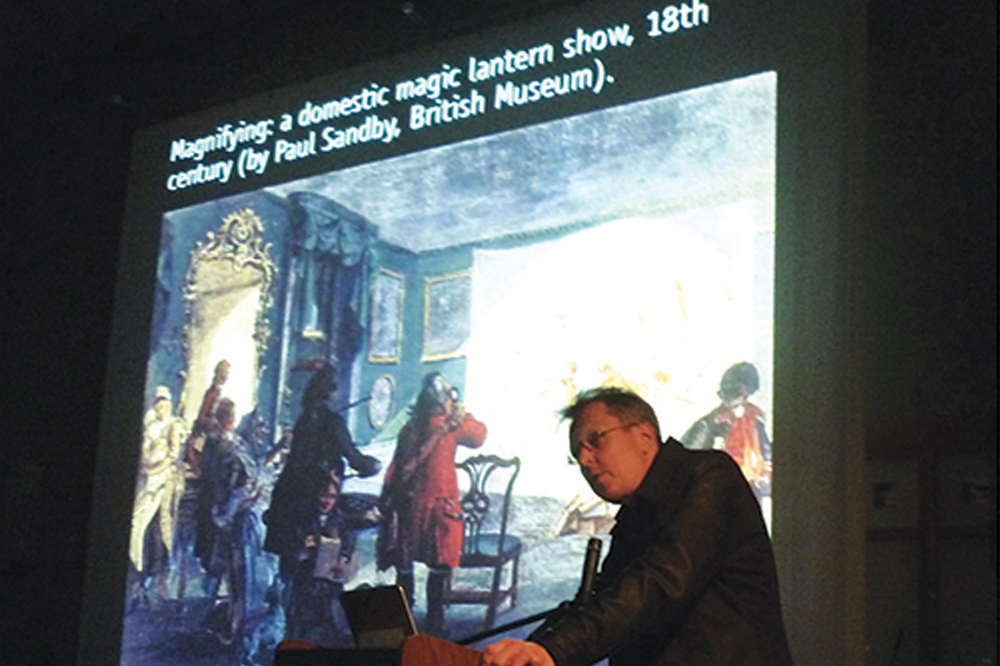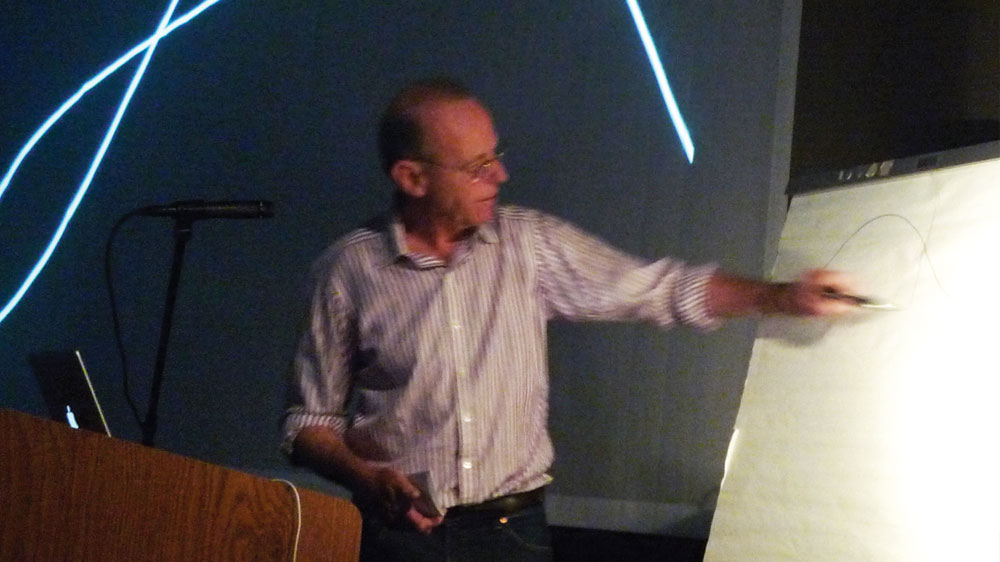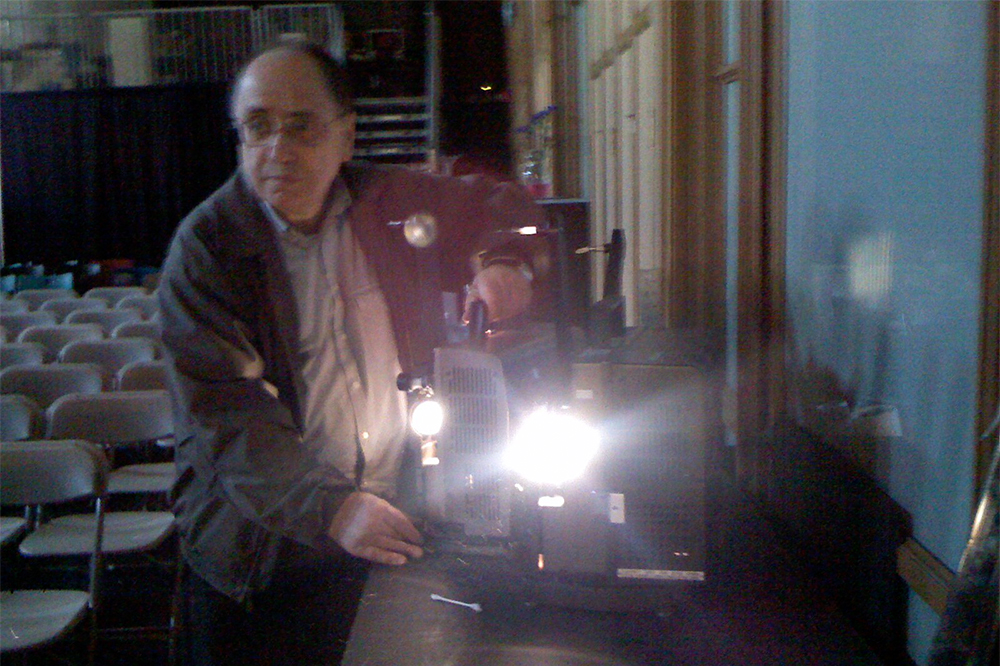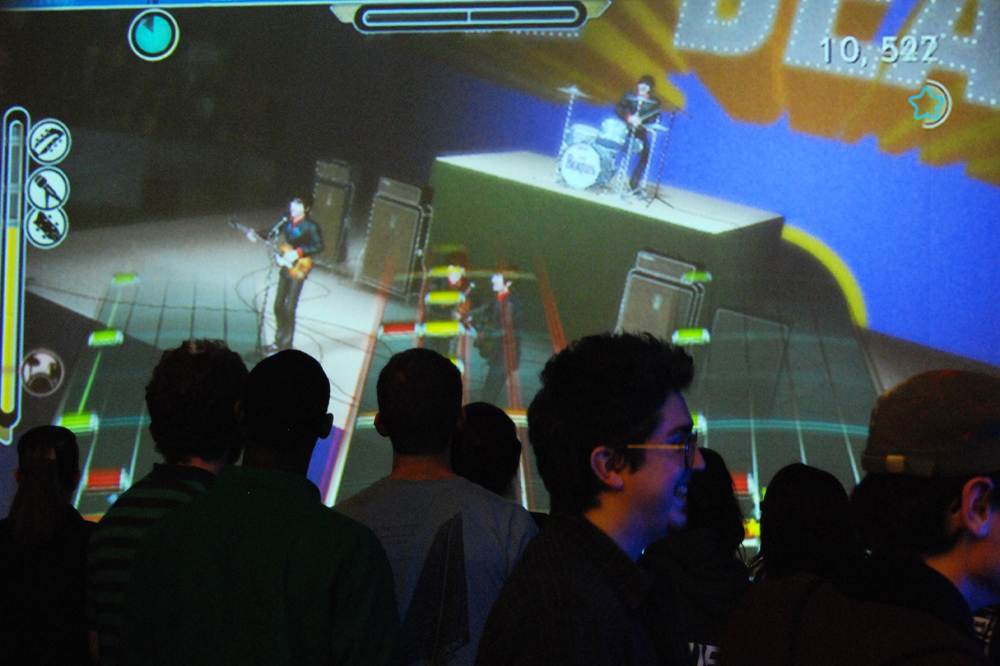Erkki Huhtamo
Projecting Images: a Media-Archaeological Perspective
Why do we project images? How did projection practices develop across centuries? How do different forms of projection relate to each other? This lecture reflects on such issues from a media-archaeological perspective. The talk will be illustrated with a rich array of rarely seen imagery. Erkki Huhtamo, professor of media history and theory at UCLA, has pioneered media archaeology as an emerging critical approach to understanding media-cultural phenomena and the media interface which molds human experience. His lecture will address the development of projection practices throughout history and why people project images; the talk will be illustrated with a rich array of rarely seen imagery.
ERKKI HUHTAMO is a media archaeologist, writer and exhibition curator. He holds a Ph.D. in Cultural History, and works as Professor at the University of California Los Angeles. He has published extensively on media archaeology and the media arts. Media archaeology is an emerging approach pioneered by Huhtamo, which excavates forgotten, neglected and suppressed media-cultural phenomena, helping us to penetrate beyond canonized accounts about media culture. Huhtamo pays attention to the “life” of topoi, or clichéd elements that emerge over and over again in media history and provide “molds” for experience. What may seem new often proves to be just new packaging of ideas repeated over hundreds of years. Professor Huhtamo has applied this approach to phenomena like peep media, stereoscopy, the notion of the screen, electronic games and mobile media. He has also written about the ways in which media artists have integrated media-archaeological elements into their works.















